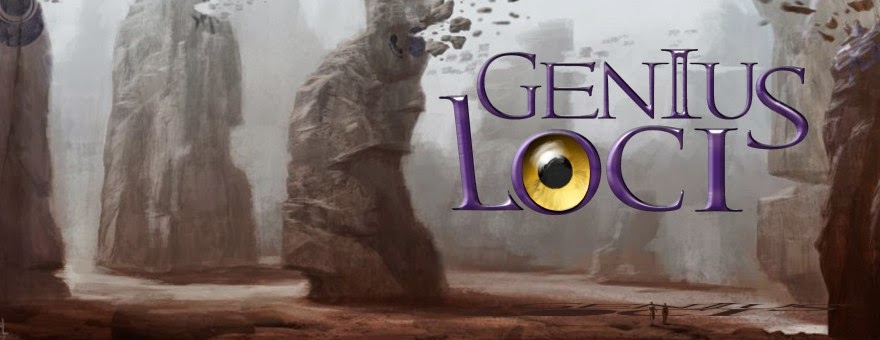"The giant went towards the village and began to drag his feet. We climbed the cliff of Morning Gorge to see, and found he was encircling the entire settlement in signs, herds and all."Marks protect against evil or unwanted supernatural matters. The most common examples are protective circles against dead spirits and marks against placespirits, but they can also influence mana flow and aspectation.
— Kell Nor Haseban, villager
 There are two alphabets. The First Signs were discovered in the first age, soon after the Rise of Light, and are lavish, graphical patterns. The second are the Wild Marks, whose discovery is lost in history; they are shapes of primeval strength. Both alphabets work like natural laws, not cultural endeavours, and were not invented, but discovered. Thus, while First Signs have been in use for millenia and are widely understood, every now and then new Wild Marks can still be found.
There are two alphabets. The First Signs were discovered in the first age, soon after the Rise of Light, and are lavish, graphical patterns. The second are the Wild Marks, whose discovery is lost in history; they are shapes of primeval strength. Both alphabets work like natural laws, not cultural endeavours, and were not invented, but discovered. Thus, while First Signs have been in use for millenia and are widely understood, every now and then new Wild Marks can still be found."When we were small, we once changed the fifth sign of our least favourite aunt's bedroom protection on one of her dreaded visits... she had to be kept in bonds for three weeks after she gravely injured our grandfather, until a collector came to free her from possession. So I had the signs in my own house laid in steel."
— Marligan, farmer
 Unfortunately, signs cannot be made permanent. While placeholders help redrawing signs correctly, they are powerless without proper ritual. Placeholders aid against malevolent or accidental changes, and important signs are laid in steel and stone. There are other limitations to signs; they must be made on stable ground and cannot be drawn on carpets or even ships; they aid but don't offer full protection unless in the most extensive versions.
Unfortunately, signs cannot be made permanent. While placeholders help redrawing signs correctly, they are powerless without proper ritual. Placeholders aid against malevolent or accidental changes, and important signs are laid in steel and stone. There are other limitations to signs; they must be made on stable ground and cannot be drawn on carpets or even ships; they aid but don't offer full protection unless in the most extensive versions.Aside from professional markmakers, speakers, collectors, and voices make heavy use of signs.
 Artist's notes
Artist's notesThis article was equally difficult to write as the one about speakers, there are so many details to signs and markmaking. Inventing the alphabets graphically took much preparation and for a long time I wasn't sure if they would be put down at all, but I realized that I wanted to describe them better and use them in paintings sooner or later. They might not be final like this, but for now I'm rather happy with their designs.




